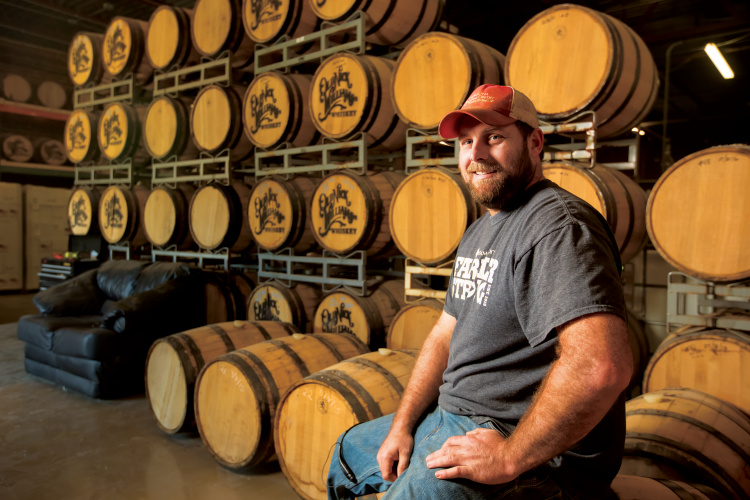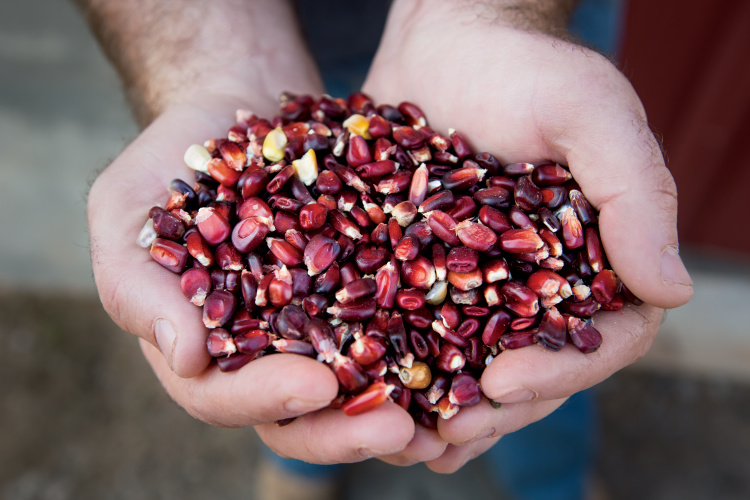Home > North Carolina > North Carolina Environment > Love of the Land Inspires Conservation Efforts in North Carolina
Love of the Land Inspires Conservation Efforts in North Carolina
In partnership with: North Carolina Department of Agriculture & Consumer Services
In 2012, when Russell Hedrick started growing 30 acres of grains at JRH Grain Farms in Hickory, experienced farm mentors suggested he consider the environmental impact of all of the decisions he made on his farm.
“A lot of people spent time sharing their successes and failures that gave me the motivation to move forward with a conservation focus,” he says. “The generations before us farmed the best they could with the resources they had, but my generation and the next generations have to do better.”

See more: Discover the Future of Conservation
Embracing conservation till or no-till, conserving water, and planting cover crops are among the conservation practices that have become more common on North Carolina farms.
“Farmers have a long history of conservation and continue to look for ways to better utilize resources,” says Vernon Cox, director of the Soil and Water Conservation Divison of the North Carolina Department of Agriculture and Consumer Services. “The success of their farms depends on being good stewards of the land.”
Through JRH Grain Farms, which has expanded to 750 acres, Hedrick sells grains that are used in value-added products such as craft spirits and beer. Some of his biggest customers are North Carolina companies that want to support local agriculture, like Foothills Distillery, Riverbend Malt House, Carolina Malt House and Sierra Nevada Brewing Co.

See more: Edge-of-Field Monitoring Tests Conservation Practices
Each bushel of non-GMO corn, wheat, oats and barley is grown with the environment in mind. Hedrick, a firefighter-turned-farmer, practices no-till and plants cool season cover crops to help minimize weeds and prevent erosion.
Hedrick also introduced cattle, sheep and pigs to the farm. Not only does mob grazing, a system of intensive rotational grazing over short durations, decimate weeds, add nutrients to the soil and reduce fertilizer inputs, it also makes the soil more porous, allowing it to retain more water. Moreover, he adds, using less fertilizer means less runoff and cleaner waterways.
In addition to education and funding, Cox believes that technology has also improved conservation efforts. High-tech devices like geographic information systems (GIS) and remote sensing provide farmers with important data about their soil quality, irrigation, plant health, crop stress and yield to help guide conservation decisions. “We are always looking for ways to engage with farmers and encourage them to conserve and be better stewards of the land while remaining profitable,” Cox says.
“I want to work with nature rather than against it,” Hedrick says. “It’s not just better for the environment. It’s also more profitable and lets me leave the land better than I found it for future generations.”



